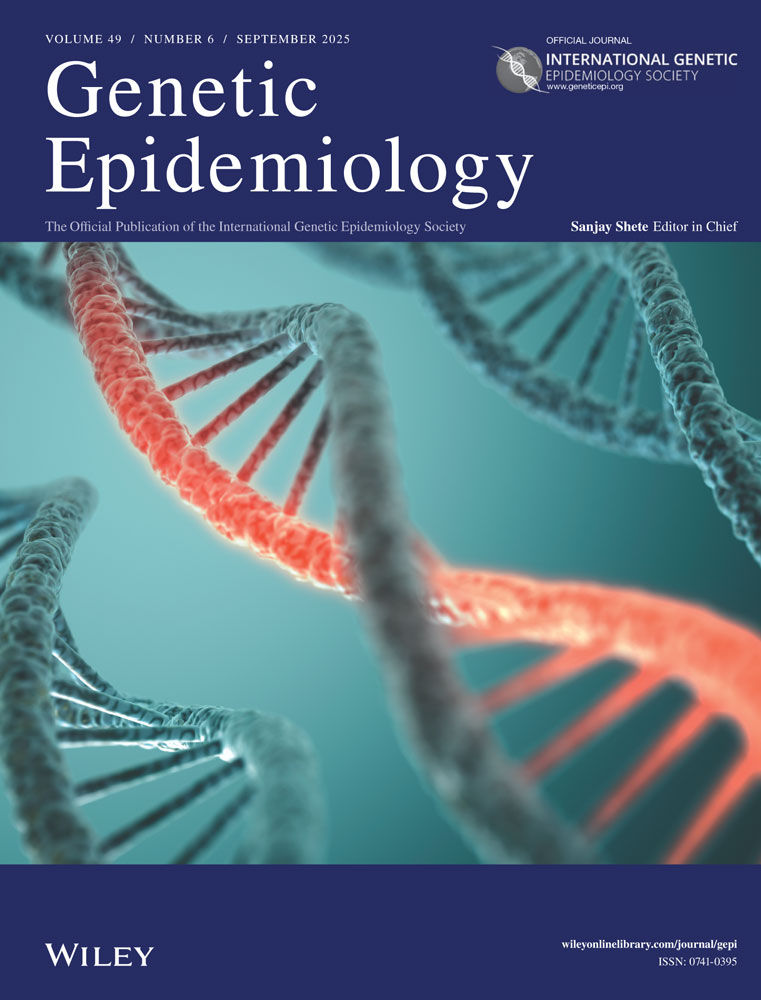Testing for contributions of mitochondrial DNA mutations to complex diseases
Abstract
Several complex disorders are suspected of being associated with mitochondrial DNA (mtDNA) mutations. We studied the statistical properties of a test based on proband–relative pairs to identify potential mtDNA mutation involvement in a complex disorder. The test compares the recurrence risk of relatives of probands along the mitochondrial lineage with that of relatives along the nonmitochondrial lineage. If mtDNA mutations are involved, the recurrence risk will be higher among relatives in the mitochondrial lineage. The form of the test is independent of the assumed models of inheritance and interaction of the nuclear autosomal mutations with mtDNA mutations. The power of the test, however, differs among the different models and by the type of proband–relative pairs used in the test. We considered heterogeneity models with and without phenocopies, a three-state heteroplasmic mtDNA transmission model, and a multiplicative epistasis model. Under the heterogeneity model, the power of the test increases as the relationship between the proband and the relative becomes more distant. Under the multiplicative epistasis model, the power of the test decreases as the relationship between the proband and the relative becomes more distant. Genet. Epidemiol. 15:451–469,1998. © 1998 Wiley-Liss, Inc.




